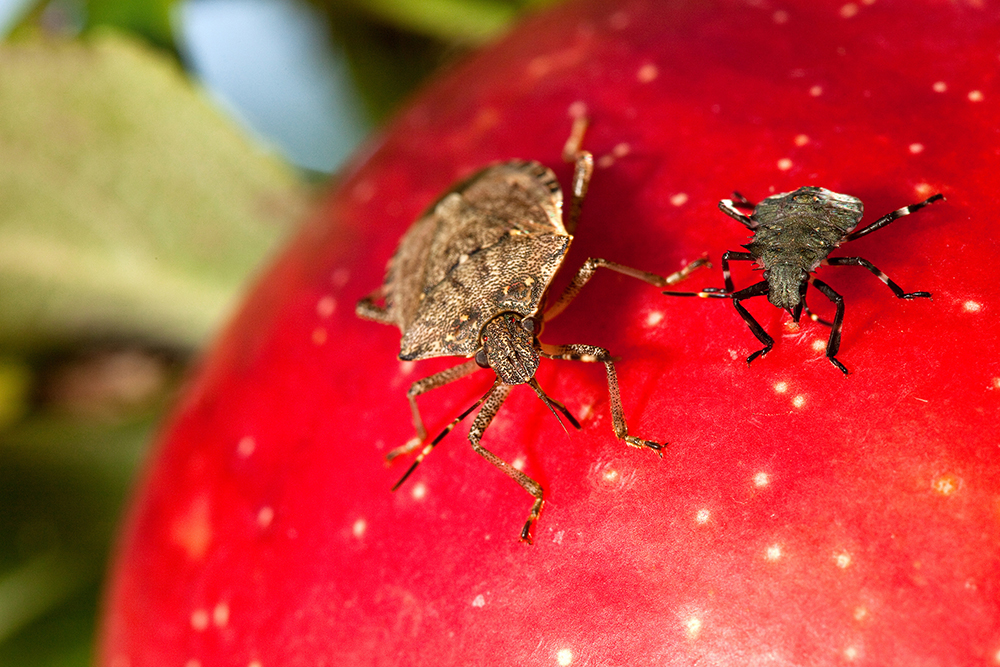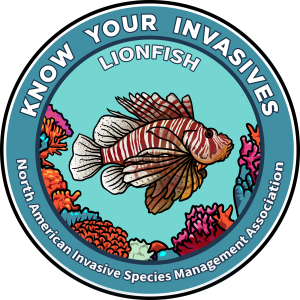Every month, new species are introduced to our lands and waters, new studies are published, and new methods of control are tested—with impacts varying across the map. It would be nearly impossible to stay on top of every piece of invasive species news.
However, the staff and board of the North American Invasive Species Management Association review headlines each month. This helps us stay on top of trends and further our mission to support, promote, and empower invasive species prevention and management in North America. We then share invasive species news most relevant for people who manage terrestrial and aquatic invasive species across the the United States, Canada and occasionally the world.
So, what happened this month?
- Research is our most active section this March, with new findings on how fire stimulates some invasive plants, how invasive amphibians tolerate road salt and other chemicals better than their native counterparts, and more.
- COVID-19 is on the minds of many of the country’s most successful AIS inspection stations. Some inspections are halted, while others are tentatively proceeding as planned. Many group volunteer activities are likewise postponed, while some organizations are working to make people aware of special online invasive species offerings.
- Partnerships in Michigan and Missouri are gaining traction statewide.
- These, plus much more! Read on:
Success Stories: Prevention, Eradication and Restoration
Plant quarantine becomes an essential step in fire ant management
China – Read on NeoBiota
The experience and lessons learned from fire ant management in China could benefit other countries when facing similar challenges.
Regional efforts find unique ways to combat invasive species
Michigan – Read on The Daily News
To address the diversity of needs across the state, the Michigan Invasive Species Grant Program annually supports Cooperative Invasive Species Management Areas.
How to tackle an invasive species crisis? Build a collaborative team.

Pennsylvania – Read on Entomology Today
Ultimately, the rich outputs generated by the large and dedicated group of research and Extension personnel and the approximately 200 undergraduates, graduate students, and postdoctoral researchers who received specialized training as part of the project have resulted in a highly successful project that reduced the impact of BMSB in cropping systems and provided a template for future collaborative efforts combatting other invasive species.
Prevention, Outreach and Education
Amid concerns about COVID, Watercraft quagga mussel check points gear up for summer
Pacific Northwest – Read on the Capital Press
Many stations are up and running — some are gearing up as employees are trained and others are open year-round — well ahead of the summer peak in demand.
Lake Tahoe closed to boat launches; inspections halted due to COVID-19
Unfortunate invasive species news: watercraft inspections to prevent the introduction of aquatic invasive species in the lake will be halted until at least April 16.
Washington Invasive Species Council offers invasive species curriculum
Washington – Access the lessons on the Washington Invasive Species Council
Middle school lessons teach your students about invasive species.
More resources for your social distancing: NAISMA is offering 20+ hours of free webinar content through April. Learn about invasive species prevention tools, outreach, regulations, AIS, terrestrial invasive species, weed management and more.
New Research
Invasive amphibians may be more tolerant to chemical changes than native amphibians
Minnesota – Read on Chemistry and Ecology
Understanding the consequences of chemical contamination in aquatic ecosystems is critical for managing human impacts in these environments as the human population continues to grow.
Examination of commercially available bird feed for weed seed contaminants
North America – Read on Invasive Plant Science and Management
Amaranthus species were present in 94 of the 98 bags of bird feed.
Can ‘sentinel trees’ warn of devastating pests?
In a bid to get an early warning of which exotic pests are likely to cause trouble, researchers from the United States, Europe, and China are trying a new approach: planting “sentinel trees” from their own regions in distant nations, and then observing which insects attack.
Scientists uncover how invasive plants gain a head start after fire
Australia – Read on Phys.org
New research from The University of Western Australia has shed light on why some invasive plants make a better comeback after a fire, outstripping native species in the race for resources.
Don’t miss next month’s invasive species news. Sign up for the Early Detector, our free monthly newsletter for invasive species managers.
Detection, Management and Control
Latest weapon against lionfish invasion? Meet the Roomba of the sea.
Atlantic Ocean – Read on Christian Science Monitor
How to counter invasive species, a common, and often intractable, problem? One entrepreneur’s clever approach offers lessons in finding solutions in the unlikeliest of places.
Agencies, partners, volunteers work to combat invasive species in Missouri
Missouri – Read on the Jefferson City News Tribune
MDC Habitat Management Coordinator Nathan Muenks said invasive species are the second greatest threat to the environment, only behind “complete conversion of a system” — such as paving over a prairie and putting parking lots in its place — and complete conversions are happening at a slower pace than at the turn of the last century.
Policy and Rulemaking
National Marine Manufacturers Association hosts invasive species event on Capitol Hill
United States – Read on Boating Industry
Representative Garamendi noted that stopping and reversing the spread of AIS is a national issue that Congress should address and added that robust federal investment is needed to tackle the issue.
Florida Senate targets bear poaching, shark fishing and invasive species
Florida – Read on Orlando Weekly
The Senate Rules Committee backed proposals that would expand the use of drones to help fight invasive species and designate coastal regions of Pasco, Hernando and Citrus counties as the state’s newest aquatic preserve.
Conversations
U-M students use invasive species to create environmentally friendly hair product for black women

Michigan – Read on Concentrate
Newson and Britwum are creating biodegradable braiding hair made from phragmites, an invasive plant species.
Pandemics in Nature
Great Lakes – Read on Cedar Springs Post
People are not well attuned to the economic, social, environmental impacts that result from the successful establishment of exotic species. The stock market would fluctuate more greatly if we did.


